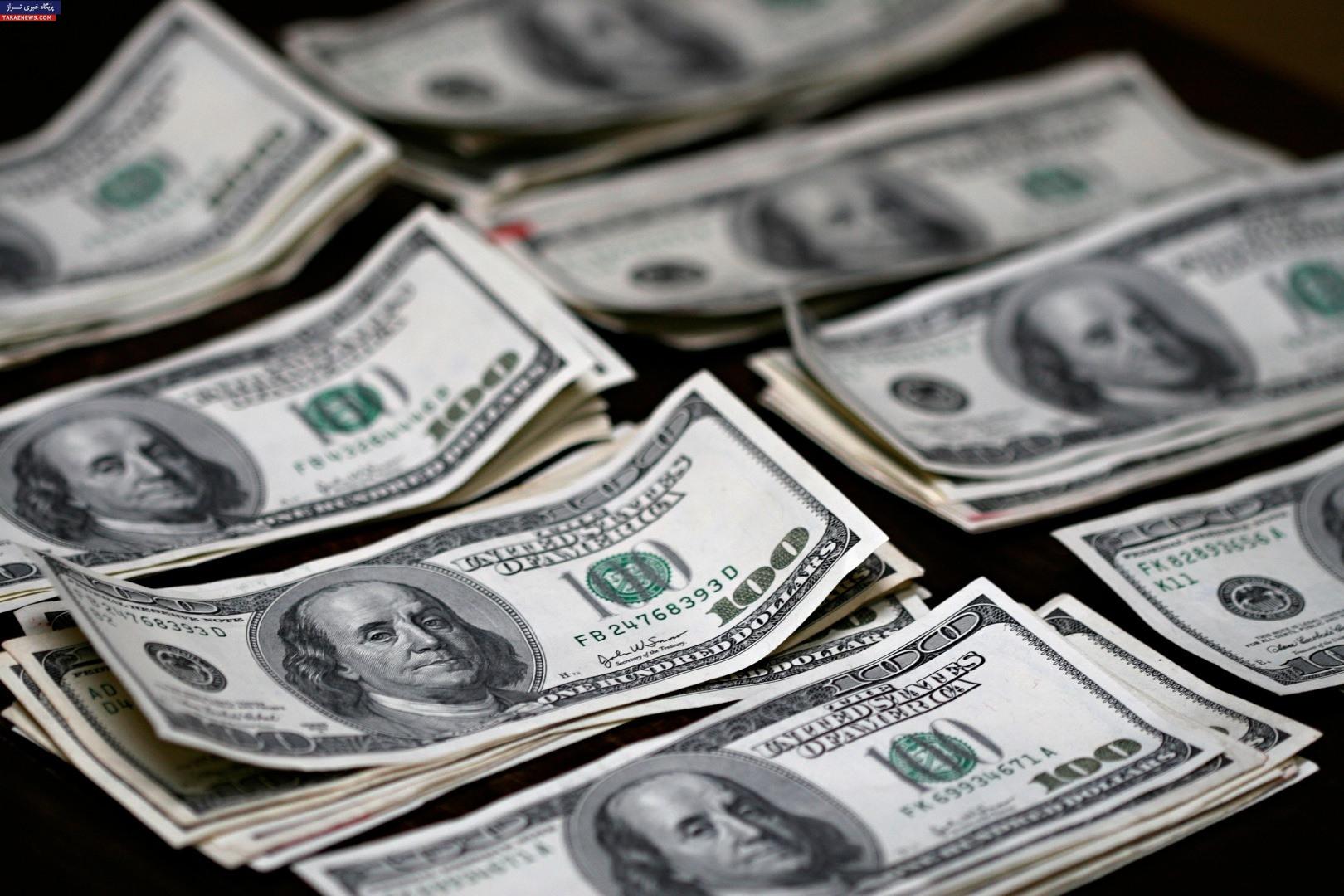The latest International Debt Report by the World Bank Group shows Iran's foreign debt was $10.349 billion by the end of 2021.
This was noticeably higher compared to the year before when the debt was $5.433 billion.
Iran’s long-term foreign debt reached $1.06 billion at the end of last year, down from $1.313 billion reported in 2020. The data showed short-term debt rose to $2.508 billion in 2021 from $2.067 billion in the year before.
The IDR, formerly International Debt Statistics (IDS), is an annual publication of the World Bank featuring external debt statistics and analysis for the 121 low- and middle-income countries that report to the World Bank Debt Reporting System (DRS).
The report put Iran's use of International Monetary Fund credit at $6.781 billion by the end of 2021, whereas it was at $2.054 billion in 2020.
Iran settled more than $254 million and paid $46 million in interest on its foreign debt in 2022, the group said.
As per the report, Iran's external debt stocks to export ratio stood at 13% in 2021, up by 3 percentage points on the year before. The short term to external debt ratio was 24% in 2021, considerably lower than 38% in 2020.
The report highlights rising debt-related risks for all developing economies—low- as well as middle-income economies. At the end of 2021, the external debt of these economies totaled $9 trillion, more than double a decade ago.
During the same period, the total external debt of IDA countries, meanwhile, nearly tripled to $1 trillion. Rising interest rates and slowing global growth risk tipped a large number of countries into a debt crises. About 60% of the poorest countries are already at high risk of debt distress or already in distress.
At the end of 2021, IDA-eligible countries’ debt-service payments on long-term public and publicly guaranteed external debt totaled $46.2 billion—equivalent to 10.3% of their exports of goods and services and 1.8% of their gross national income (GNI), according to the report.
Those percentages were up significantly from 2010, when they stood at 3.2% and 0.7% respectively. In 2022, IDA countries’ debt-service payments on their public and publicly guaranteed debt are projected to rise by 35% to more than $62 billion, one of the highest annual increases of the past two decades. China is expected to account for 66% of the debt-service payments to be made by IDA countries on their official bilateral debt.
Debt Crisis Worsens
“The debt crisis facing developing countries has intensified,” said World Bank Group President David Malpass. “A comprehensive approach is needed to reduce debt, increase transparency, and facilitate swifter restructuring—so countries can focus on spending that supports growth and reduces poverty.
Without it, many countries and their governments face a fiscal crisis and political instability, with millions of people falling into poverty.”
On the surface, debt indicators seem to have improved in 2021, the report shows. As economic growth resumed following the global recession in 2020, public and publicly guaranteed external debt as a share of GNI returned to pre-pandemic proportions.
However, this was not the case for IDA countries, where the debt- to-GNI ratio remained above the pre-pandemic level at 25%. Moreover, the economic outlook has deteriorated considerably.
In 2022, global growth is slowing sharply. Amid one of the most internationally synchronous episodes of monetary and fiscal policy tightening the world has seen in 50 years, the risk of a global recession next year has been rising.
Currency depreciations have made matters worse for many developing countries whose debt is denominated in US dollars. The 2021 debt-to-GNI improvement, as a result, is likely temporary.
Over the past decade, the composition of debt owed by IDA countries has changed significantly. The share of external debt owed to private creditors has increased sharply. At the end of 2021, low- and middle-income economies owed 61% of their public and publicly guaranteed debt to private creditors—an increase of 15 percentage points from 2010. IDA-eligible countries owed 21% of their external debt to private creditors by the end of last year, a 16-point increase from 2010.
Also, the share of debt owed to government creditors that don’t belong to the Paris Club (such as China, India, Saudi Arabia, UAE and others) has soared. At the end of 2021, China was the largest bilateral lender to IDA countries, accounting for 49% of their bilateral debt stock—up from 18% in 2010. These developments have made it much harder for countries facing debt distress to quickly restructure their debt.
CBI Data
Latest data released by the Central Bank of Iran, however, indicates that foreign debt was $6.90 billion by the end of the sixth calendar month to Sep 22, almost 20% lower on the last fiscal year that ended in March.
Medium and long-term debt was $4.99 billion or 75% of the total. Short-term debt was in the range of $1.90 billion. Short-term debt includes all debt with original maturity of one year or less plus the interest on long-term debt.
The country was unable to attract foreign investment because of the US economic sanctions, cumbersome laws and economic instability, among others.
Tehran’s external debt averaged $15.54 billion from 1993 until 2020, reaching an all-time high of $28.64 billion in 2007 and a record low of $5.1 billion in 2014, according to Trading Economics, which sources financial and economic data from countries across the world.


